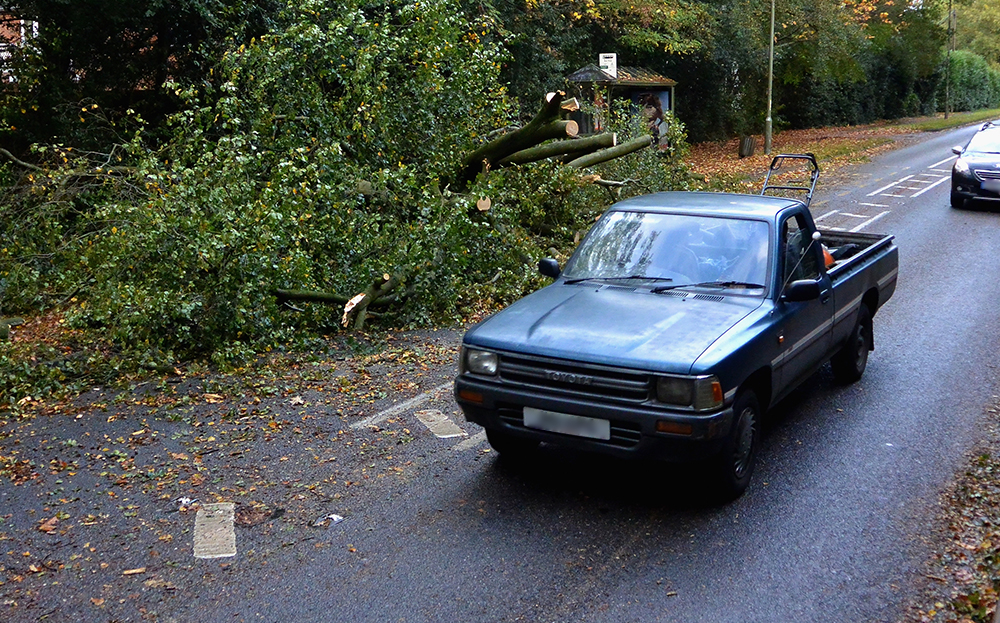How to drive in high winds
IAM tips will help you stay safe
IT MAY be a dream front page for some of our tabloid newspaper friends but high winds are no cause for celebration if you’re out on the road. Changes in wind speed can affect your driving and high winds especially can be very hazardous.
These tips from the Institute of Advanced Motorists (IAM) will help you steer a safe course.
Search for and buy your next car on driving.co.uk
Drive cautiously: with high winds you never know what’s around the corner
As you approach a sharp bend, slow down because you never know what’s around the corner. Gusts of wind can force large branches to fall onto the road, completely blocking it. Be prepared for any debris that obstructs the road and be open to the idea that you may have to make a U-turn and use another route.
Watch for your and other vehicles caught by gusts
Be aware of other motorists around you as the windy weather can affect both their and your vehicles. Strong winds are not constant but usually come in gusts blowing motorcycles, lorries and buses from side to side.
If you’re driving on the motorway, keep an eye on other vehicles making sure you hold firmly onto your steering wheel to stay in control. Be aware that as you come out from overtaking a lorry, there may be a strong side wind you were being sheltered from.
“Look 200 yards up the road; if you see a car or van being buffeted or swerving, that’s what’s going to happen to you when you get there.”
Watch for gaps in rows of trees and buildings, or the end of a cutting, or a bridge over a river or railways – places where you are suddenly exposed to side winds. Looking further up the road will help, too: “Look 200 yards up the road; if you see a car or van being buffeted or swerving, that’s what’s going to happen to you when you get there,” says Tim Shallcross, an adviser to the IAM and Driving contributor.
Make sure you have enough room between you and the vehicle beside you to account for you or them being blown sideways.
Keep your speed down
You may wonder why this would help, but the faster you’re travelling the more you will swerve when a gust of wind hits you. Shallcross says: “This is particularly true on a motorway, where you may be travelling at 70mph. If you swerve for half a second, you’ll veer far more from your course at 70mph than you would at 50mph.”
Park your car securely, and nowhere near anything that could be blown over
Avoid parking your car in a bay that is surrounded by trees as high winds can cause large branches and debris to fall on to your car bonnet. Gusts of wind can also force parked cars to shudder, so make sure you fully apply your handbrake before leaving the car. And if it’s a manual gearbox leave it in gear – this is very important if you’re parking your car on a slope.
Also, Shallcross advises that you park facing the wind if possible, as the car is designed to be able to handle high wind speeds front on, whereas from the side or rear it may not cope so well.
High winds mean careful route planning
Last but not least, make sure you plan your route ahead to avoid any disruptions. Narrow roads are more likely to get blocked by fallen trees, branches and wet leaves in the windy weather – it is therefore best to avoid narrow roads and lanes which are exposed to debris.
For more helpful driving tips and advice, click here.





